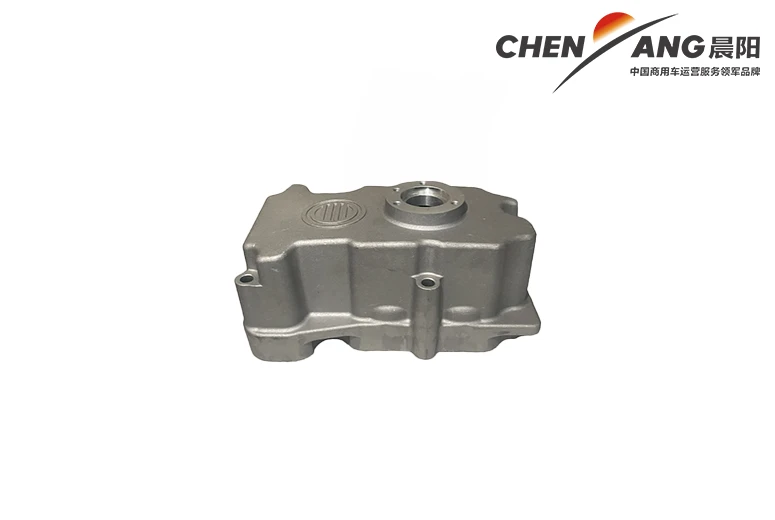Essential Equipment and Vehicles for Construction Projects
The Importance of Construction Plant and Machinery in Modern Construction
In the realm of construction, efficiency, safety, and cost-effectiveness are paramount. One of the key contributors to achieving these objectives is construction plant and machinery. This equipment encompasses a wide range of machinery and tools used to facilitate construction projects, from the groundbreaking stages to the final touches. Understanding the significance of construction plant and machinery can shed light on why they are indispensable assets in the industry.
Definition and Types
Construction plant and machinery refer to the various tools, machines, and vehicles that aid in the construction process. These can be broadly categorized into several types, including earthmoving equipment, construction vehicles, lifting equipment, and specialized machinery. Earthmoving machinery includes bulldozers, excavators, and backhoes, which are essential for site preparation, grading, and excavation. Construction vehicles like trucks, vans, and trailers are used for transporting materials and equipment. Lifting equipment, such as cranes and hoists, plays a crucial role in moving heavy loads vertically and horizontally. Specialized machinery includes concrete mixers, asphalt pavers, and drilling machines that cater to specific tasks.
Enhancing Efficiency
The use of plant and machinery significantly enhances the efficiency of construction projects. Manual labor, while essential, can be time-consuming and prone to human error. Machinery automates many tasks, reducing the time required to complete them. For instance, using a crane can drastically cut down the time it takes to lift and place heavy materials compared to doing so manually. Moreover, modern technology has led to the development of more advanced machines that are faster, stronger, and more precise. This advancement increases productivity and allows for the completion of projects in shorter timeframes.
Improving Safety
construction plant and machinery

Safety is a critical concern in the construction industry. Construction sites can be hazardous, and the risk of accidents is ever-present. The use of heavy machinery can mitigate some of these risks by reducing the need for manual handling of heavy materials, which is often a leading cause of injuries. Additionally, many modern construction machines are equipped with advanced safety features, such as automatic shut-off mechanisms, stability controls, and enhanced visibility technologies. These improvements not only safeguard workers but also ensure that projects are completed without serious setbacks due to accidents.
Cost-Effectiveness
Investing in construction plant and machinery can also lead to significant cost savings in the long run. While the initial purchase or rental of equipment may seem expensive, the efficiency and time savings gained can offset these costs. By completing projects more quickly and minimizing labor costs, companies can improve their profit margins. Furthermore, relying on equipment can reduce wastage of materials, as machines can be calibrated for precision, leading to less rework and better resource management.
Environmental Considerations
As the construction industry becomes more aware of its environmental impact, machinery manufacturers have begun to develop more sustainable options. Modern construction plant and machinery often feature energy-efficient engines and technologies designed to reduce emissions. Companies are increasingly turning to electric or hybrid machinery to minimize their carbon footprint. Additionally, machinery that reduces waste and improves resource recycling is gaining popularity, promising a more sustainable approach to construction.
Conclusion
In conclusion, construction plant and machinery play a crucial role in modern construction, enhancing efficiency, improving safety, and contributing to cost-effectiveness. As technology continues to evolve, the potential for these machines to further transform the industry is immense. Emphasizing sustainable practices and investing in the latest machinery not only benefits construction companies but also supports a more responsible and environmentally friendly approach to building. Understanding this critical aspect of construction can lead to better planning, execution, and innovation in the construction sector, ultimately shaping the infrastructure of tomorrow.
-
Hydraulic Lock Assembly for SHACMAN Truck Parts – Durable & ReliableNewsJul.28,2025
-
SINOTRUK HOWO 84 Electric Dump Truck for Eco-Friendly Heavy HaulingNewsJul.26,2025
-
The Fast 16-Gear Manual Transmission Assembly for Heavy TrucksNewsJul.25,2025
-
Mercedes Benz Actros 1848 42 Tractor Truck for Sale - Reliable PerformanceNewsJul.24,2025
-
High-Quality Water Pump Assembly for Sinotruk Trucks – Durable & ReliableNewsJul.23,2025
-
Premium Truck Engine Antifreeze Coolant Fluid for Heavy Duty VehiclesNewsJul.22,2025
Popular products

























